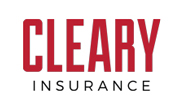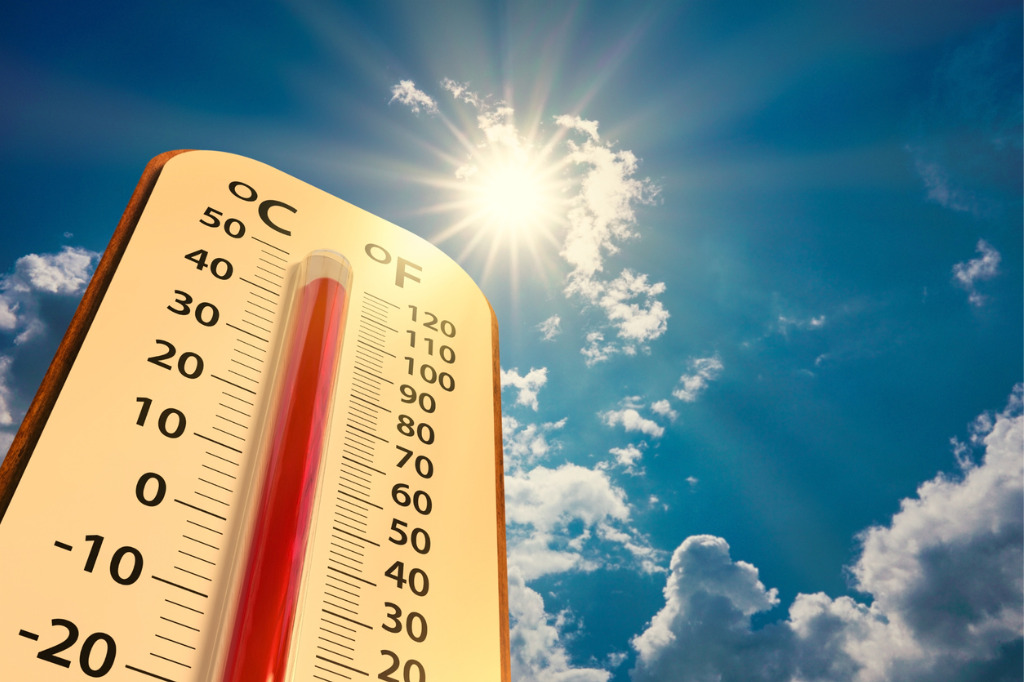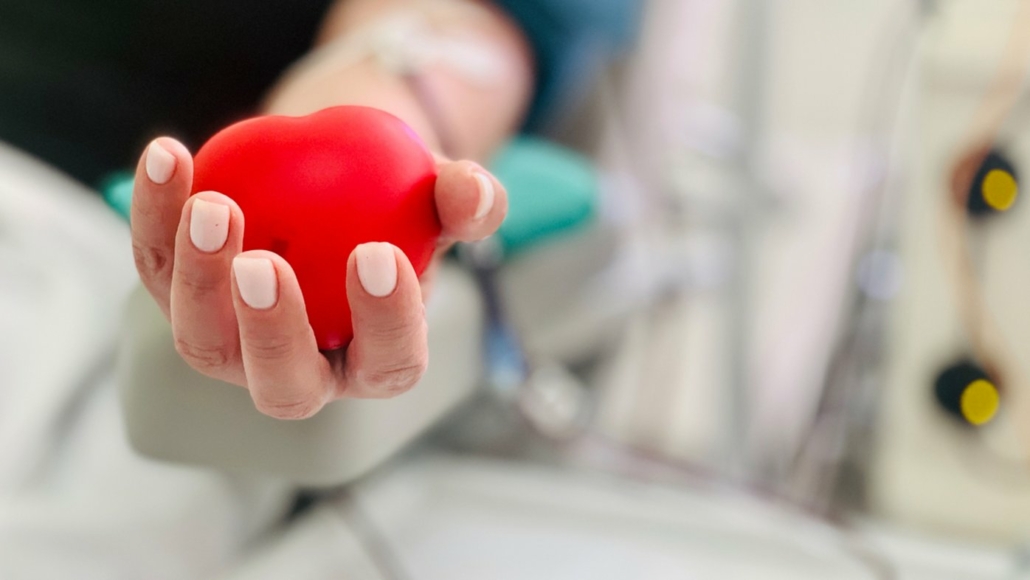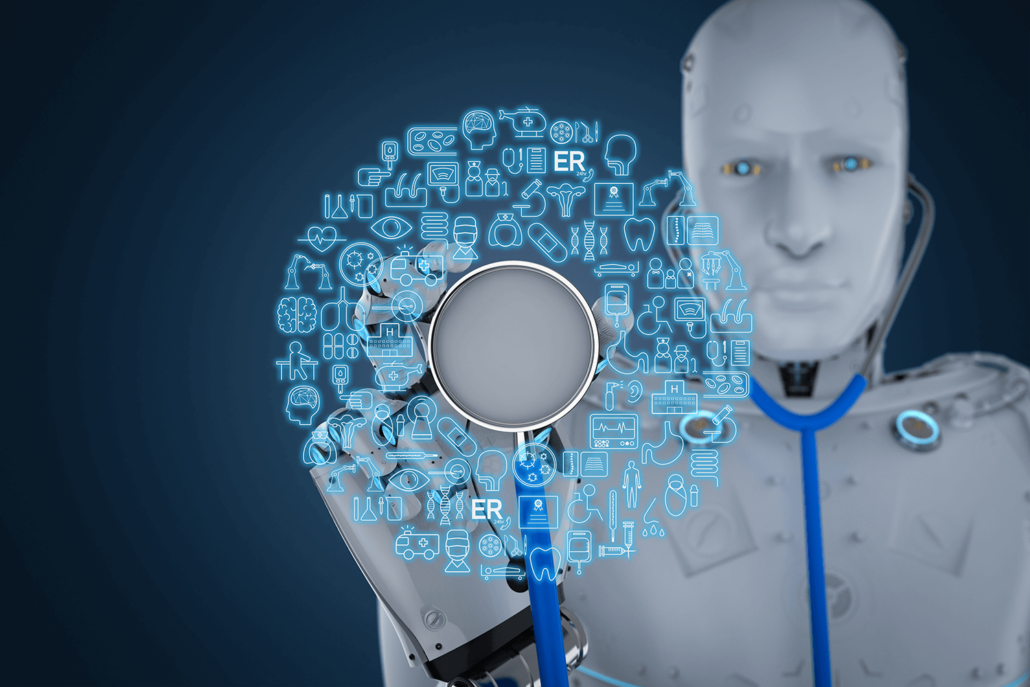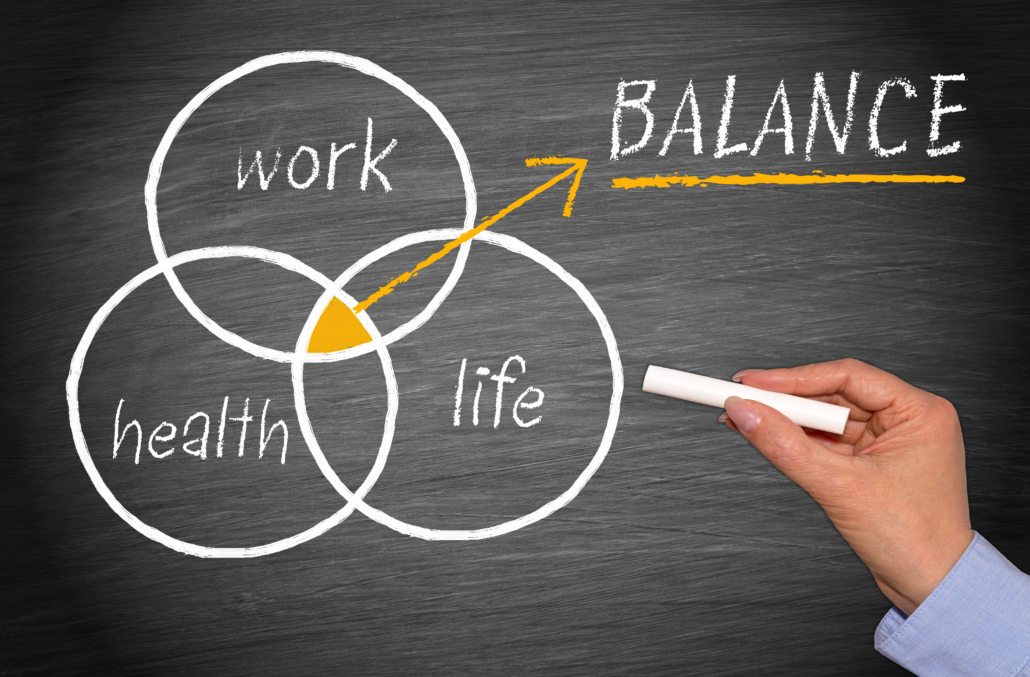Emerging Wellness Trends in 2025
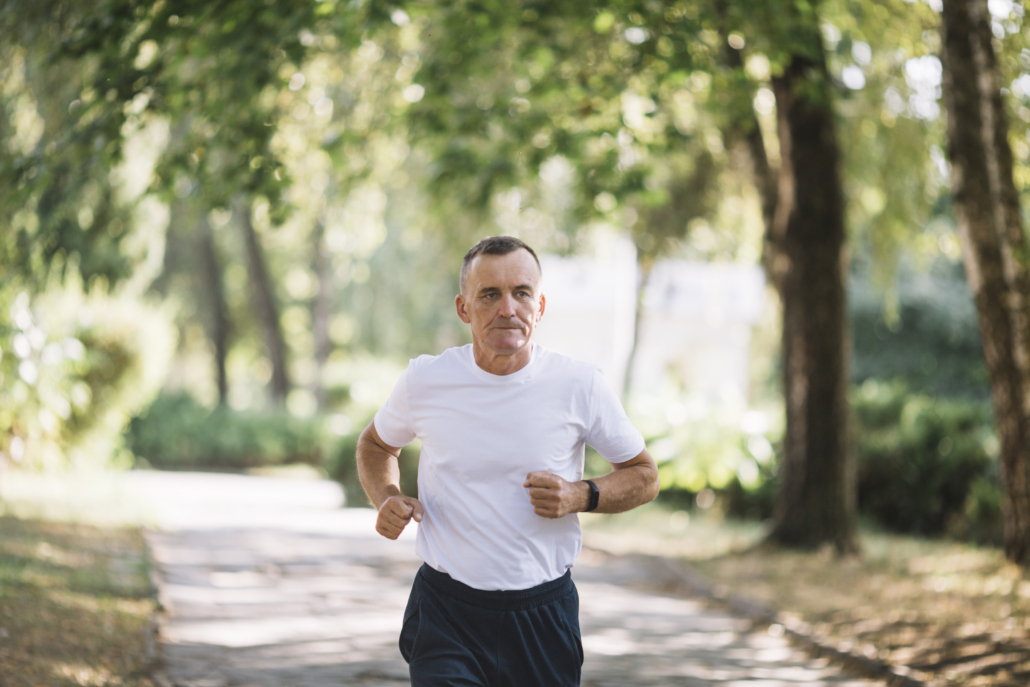
The days of compartmentalizing physical, mental, financial and emotional well-being are over. In 2025, organizations are adopting a holistic approach that considers the entire employee. Expanding all aspects of wellness support is meant to help meet workers’ needs and expectations. While organizations may have already increased their mental health support in the past few years, some are now pivoting and ramping up financial wellness efforts in 2025.
This article highlights four employee wellness trends to monitor in 2025.
Addressing Employee Burnout
Many of today’s workers are burnt out; a recent report by talent advisory firm DHR Global revealed that 82% of employees are experiencing burnout. While health experts used to correlate remote work with positive mental health benefits, in 2025, they’re predicting equal levels of stress and burnout regardless of working location. So, unfortunately, employers shouldn’t expect employee burnout to disappear anytime soon.
Top drivers of employee burnout include long hours (58%), overwhelming workloads (35%), and difficulty balancing work and personal life (34%), according to DHR Global’s report. Burnout can be caused by stress, so employers are also looking at how stress shows up in the workplace and impacts employees. A recent survey by corporate wellness platform Wellhub found that nearly half (47%) of workers identify work stress as the primary cause of their deteriorating mental health—and that was consistent across most generations. Baby boomers are more concerned about inflation, while Generation Z, millennials and Generation X agreed that work stresses them out the most.
In an effort to prevent and alleviate rising levels of stress and burnout, more organizations are prioritizing flexible work arrangements, mental health days, realistic workload expectations and designated downtime to help employees maintain a healthy work-life balance. Employee assistance programs (EAPs), counseling services, stress management workshops and digital platforms for mental health assistance are increasingly becoming key components of workplace wellness initiatives. More employers are also investing in resources to destigmatize mental health (e.g., anti-stigma campaigns, mental health literacy training and EAPs) and foster a culture where employees feel comfortable seeking mental health support.
Prioritizing Financial Wellness
Money is a significant stressor for employees, and concerns have been exacerbated by prolonged inflation pressures over the past couple of years, growing debts and skyrocketing medical costs. In fact, more than 6 out of 10 Americans currently live paycheck to paycheck. PYMNTS Intelligence data also revealed that people say the top reason is that they don’t earn enough. While many organizations’ budgets are prepared for salary increases in 2025, they may still be insufficient to keep up with inflation.
Moreover, health care costs will once again increase substantially this year. Add all these financial responsibilities up, and it’s no wonder that workers today are worried about how they will earn a living and pay their bills.
Employers can help reduce employees’ financial stress by exploring financial wellness resources and support options and offering attractive programs for current and prospective employees. In addition to raising wages and offering competitive benefits, employers are exploring financial wellness resources, such as emergency savings funds, retirement savings, financial literacy workshops and one-on-one financial counseling. Financial wellness is a critical component of well-being and can be a competitive offering, especially as workers closely examine their salaries, medical bills and everyday expenses. Today’s workers are not only asking for but now expecting these lifelines from employers.
Engaging Employees Through Social Connections
According to Gallup, employee engagement in the United States reached an 11-year low in 2024. Additionally, employee satisfaction returned to a record low, and workers are seeking new job opportunities at the highest level since 2015. Organizational changes (e.g., team restructuring, additional job responsibilities and budget cuts) often cause employees to feel frustrated or disconnected from their jobs. Remote and hybrid work models can also make employees feel physically distant from their colleagues and teams.
While employee quit rates haven’t increased yet, a troubling trend is at play. Workers are staying with their current employers but feel more disconnected than ever. Gallup has coined this new era as “the Great Detachment.” Before workers start switching employers by the masses in 2025, organizations have an opportunity to reengage their workforce and rebuild employee commitment. Some ways to accomplish this can be by confirming organizational priorities and, if needed, resetting work expectations. More than ever, workers want to feel like their work is meaningful and has a purpose, which can further motivate them. Managers and supervisors can help direct reports connect their contributions to a mission or purpose.
Personalizing Wellness Programs With AI and Data
Recent technological advancements in employee wellness incorporate digital health platforms, wearable technology, artificial intelligence (AI) solutions and data analytics. More employers will explore leveraging technology to personalize employee wellness benefits.
Technology can enable real-time health monitoring, personalized wellness plans and immediate, 24/7 access to health resources and services. Virtual health platforms can help overcome barriers to health care access. With AI, organizations can also gather data on employee health metrics, work habits, stress levels and preferences. This kind of data can be used to customize wellness recommendations and detect or manage health issues. Nutrition, exercise, mental health and stress management are different for everyone, so AI and data analytics can help tailor support to match each person’s unique needs. As AI becomes more commonplace in 2025, technology has the potential to help personalize and improve employees’ well- being experiences and encourage preventive care.
Summary
This renewed focus on holistic wellness is not just a trend; it’s a fundamental shift in how companies approach employee care. By prioritizing mental, emotional and financial well-being in health and wellness initiatives, organizations can create a supportive culture that encourages education, open conversations and utilization of available resources.
Organizations can start by evaluating current wellness initiatives and considering ways to improve them. To ensure offerings and investments resonate with the workforce, it can be helpful to survey employees first to see what they find most valuable and necessary for their overall well-being. Contact us for more wellness-related workplace guidance.
This Benefits Insights is not intended to be exhaustive nor should any discussion or opinions be construed as professional advice. © 2025 Zywave, Inc. All rights reserved.
